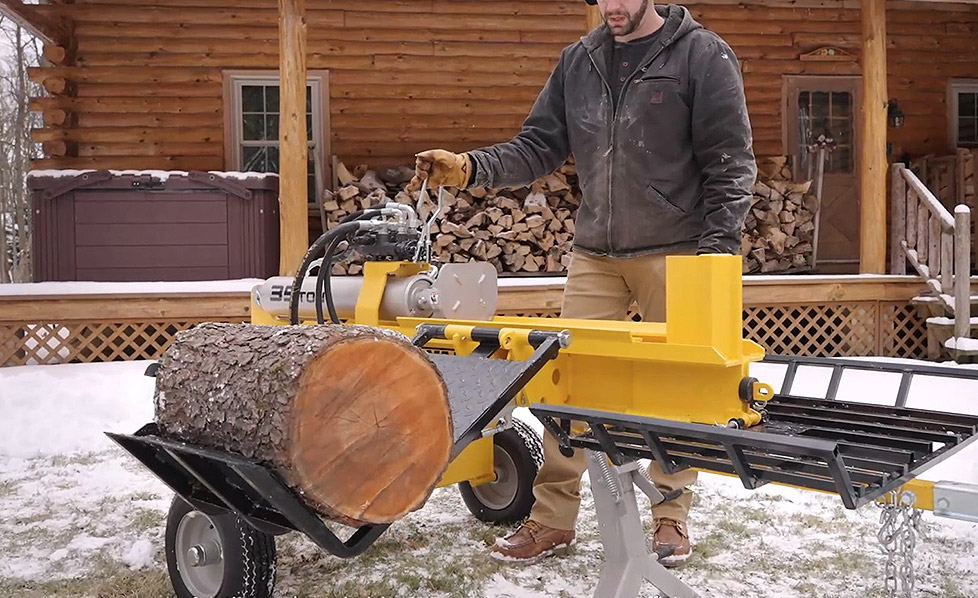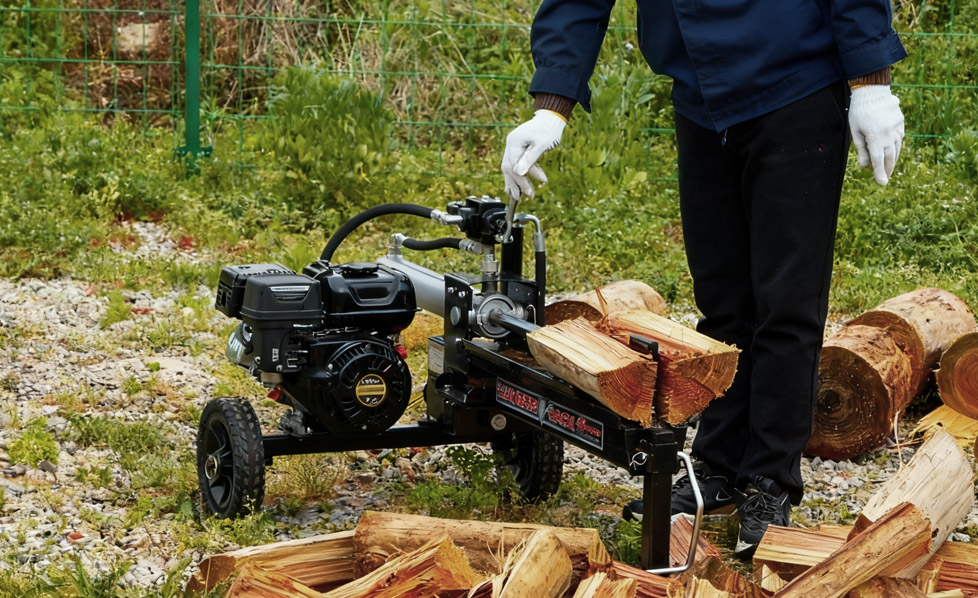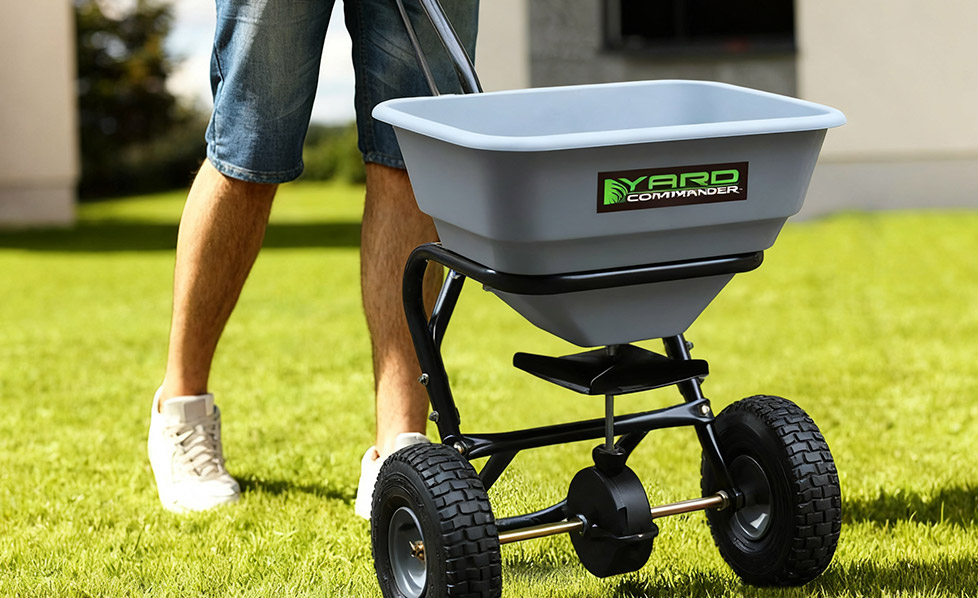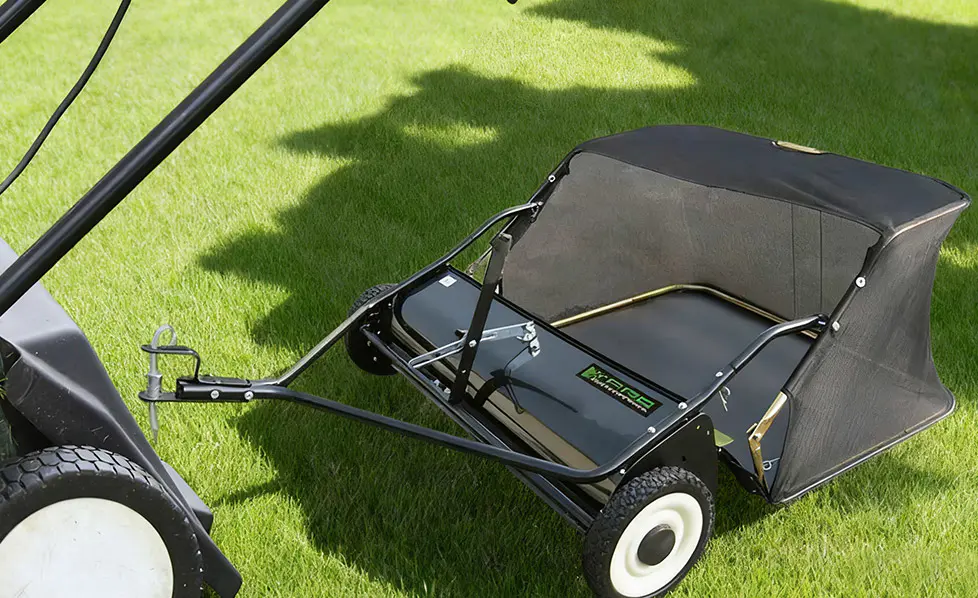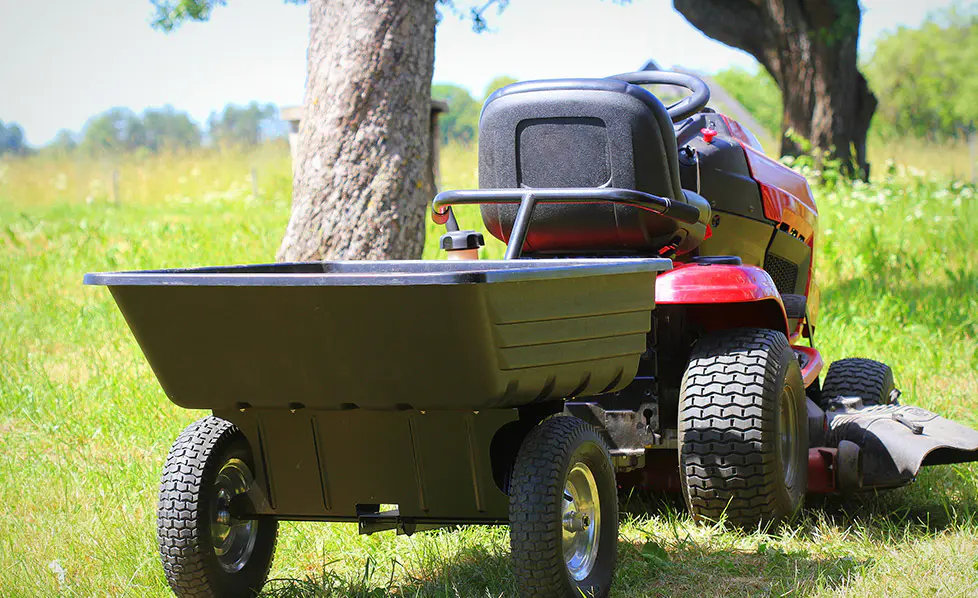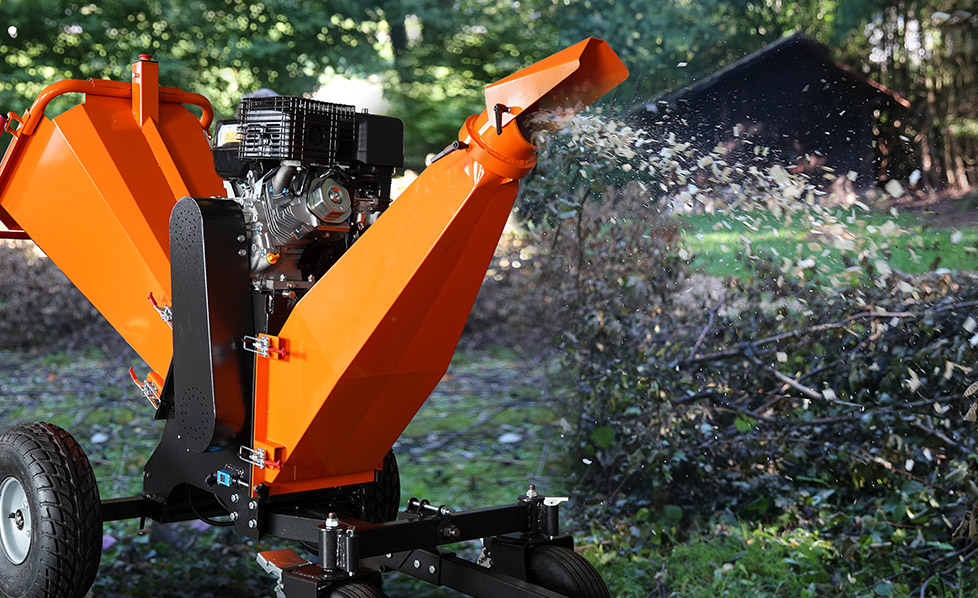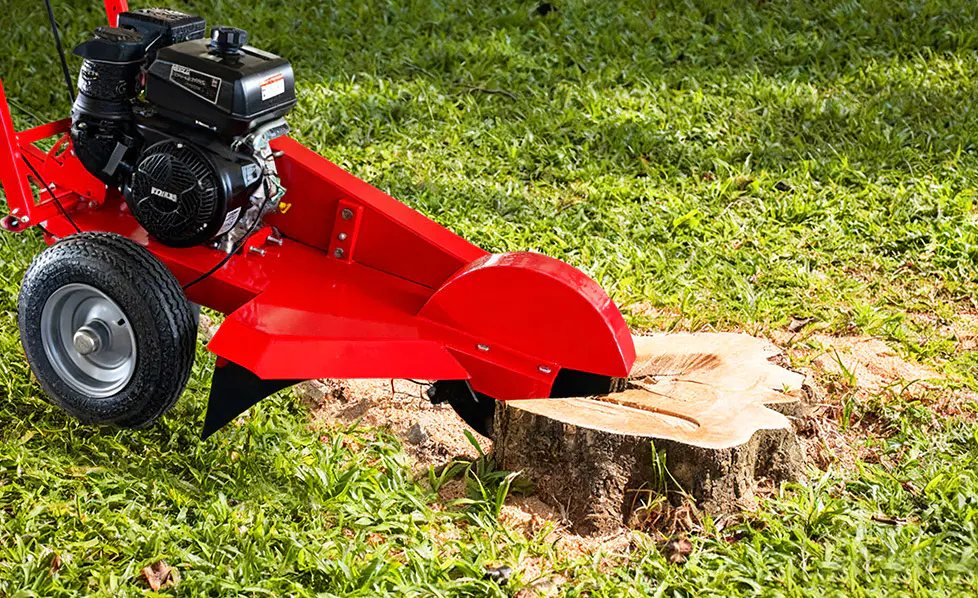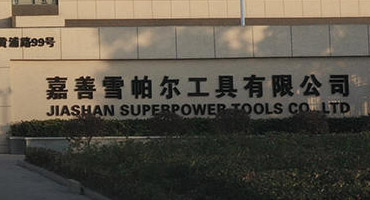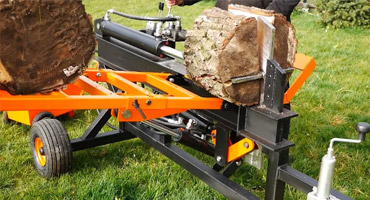 LANGUAGE
LANGUAGE


Web Menu
Product Search
Language
Exit Menu
We provide quality products and services to customers from all over the world.
Collaborative design and efficient operation mechanism of composite cleaning system for lawn sweeper
In the composite cleaning system of lawn sweepers, the collaborative design of dust collection devices, roller brushes, and collection mechanisms builds an efficient and orderly cleaning chain. From the operation process planning of "gathering first and then suctioning" to the structural connection of sealed transmission and anti-blocking design, each component achieves efficient garbage removal through functional complementarity and technical integration.
The roller brush gathers fallen leaves, grass clippings, gravel and other garbage scattered all over the lawn towards the suction port through the rotation of elastic nylon bristles. The special arrangement angle and rotation speed of its bristles are optimized, which can effectively move the debris adhering to the lawn and avoid damage to the grass leaves. When the roller brush concentrates the garbage within the effective range of the suction port, the dust collection device immediately "relays" and uses the negative pressure airflow generated by the high-power fan to quickly suck the garbage into the pipe. This collaborative mode of "gathering first and then suctioning" solves the problem of small debris easily left behind when cleaning with a single roller brush.
To prevent garbage from spilling during the transmission process, the dust collection device and the dust box are connected by sealed pipes and leak-proof interfaces. These interfaces are specially designed to keep a tight fit during the vibration or movement of the equipment to prevent dust from spilling. The inner wall of the dust box is designed with an inclined angle and a smooth material treatment, so that the sucked garbage can slide smoothly to the bottom of the box under the action of gravity. This design effectively avoids the problem of garbage accumulation blocking the pipe and ensures that the dust collection device can work continuously and stably. Some lawn sweepers also set guide plates at the entrance of the dust box to guide the direction of airflow and further improve the efficiency of garbage collection. When the dust box is full, its convenient disassembly design and compression device can not only quickly clean up the garbage, but also improve the utilization rate of the box space through compaction, reduce the frequency of dumping, and ensure the continuity of the cleaning operation.
The sensor monitors in real time the degree of garbage gathering by the roller brush, the suction status of the dust suction device and the fullness of the dust box. When it detects that the roller brush has gathered enough garbage, the dust suction device is automatically started. If the dust box is close to full load, the system will issue a prompt and adjust the dust suction power to avoid blockage due to overload.
NEXT:How does professional design upgrade the operation mode of the spreader?
Interested in cooperation or have questions?
- No. 158 Songhai Road, Huimin Town, Jiashan City, Zhejiang Province P.R. China
-
Tel:
0086 573 8464 3695
0086 573 8464 7353
- E-mail: [email protected]

 English
English